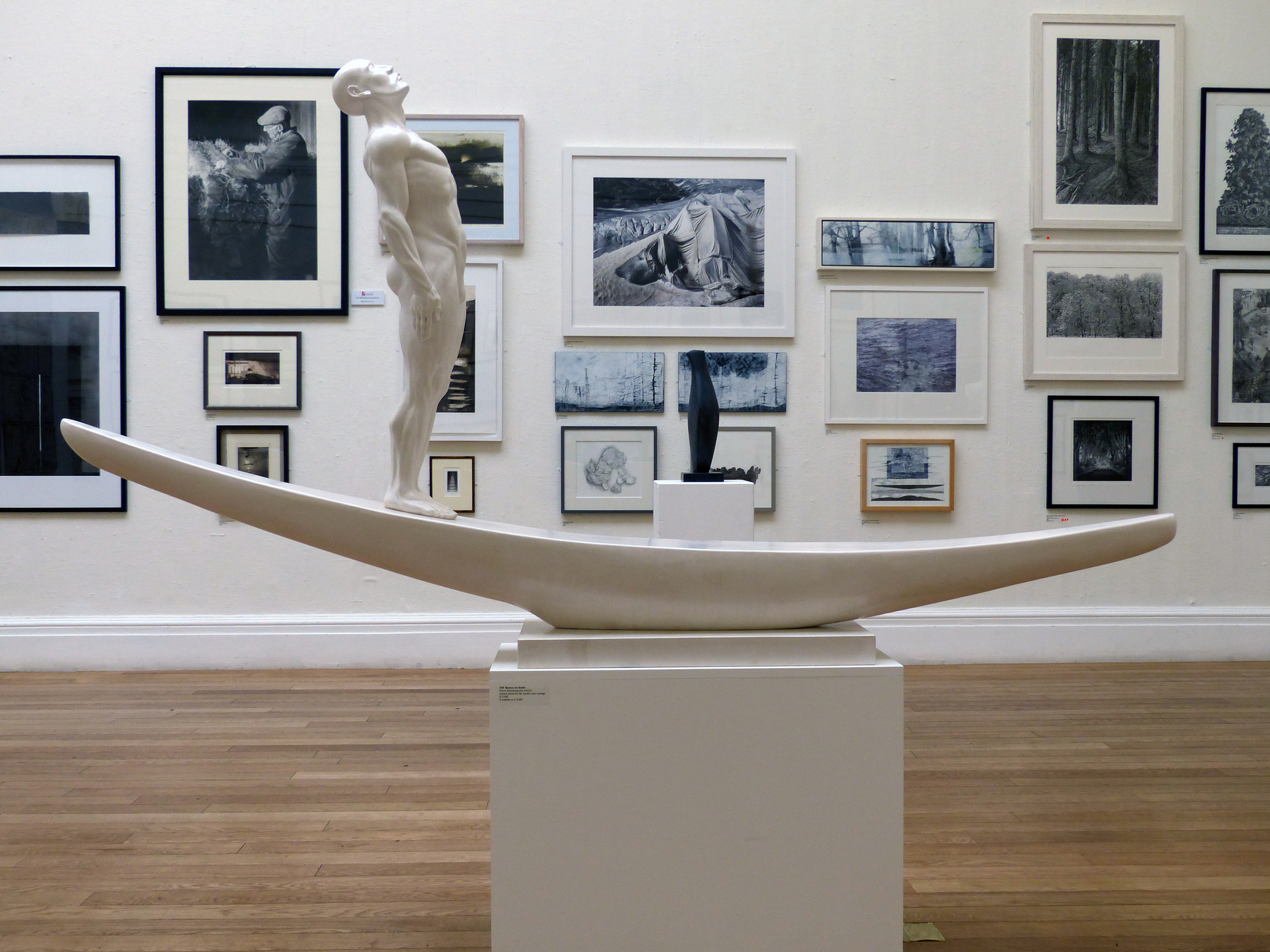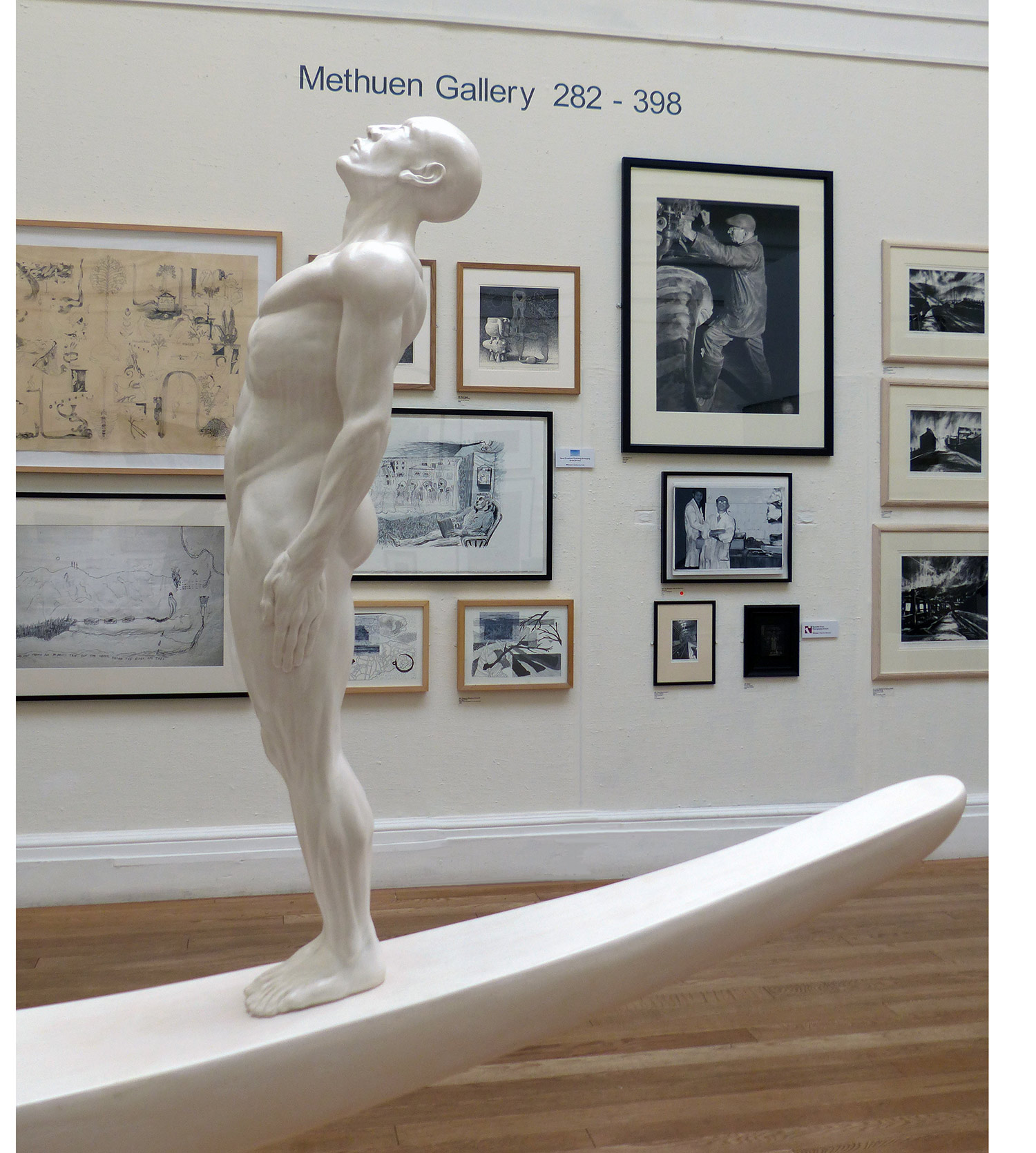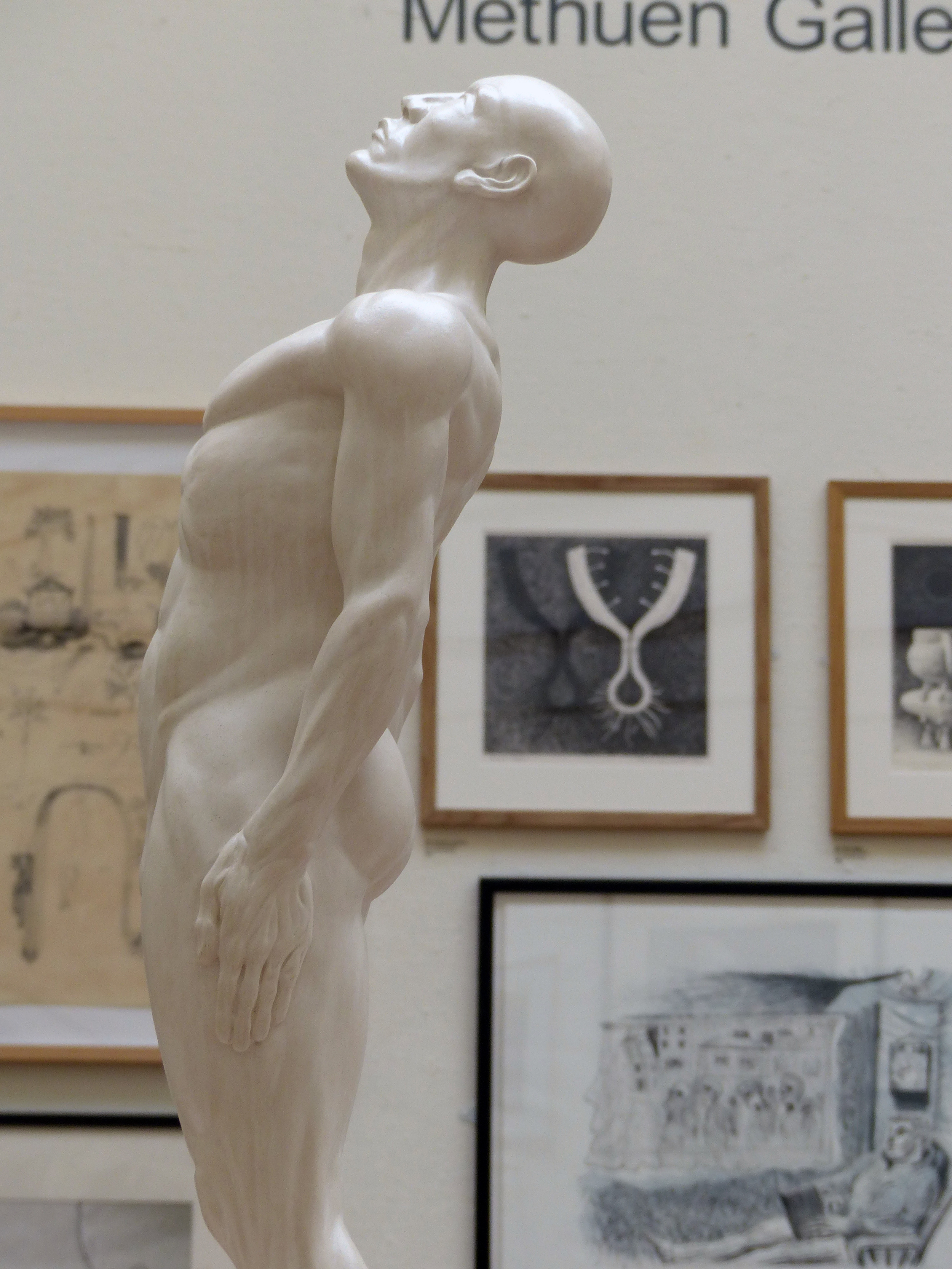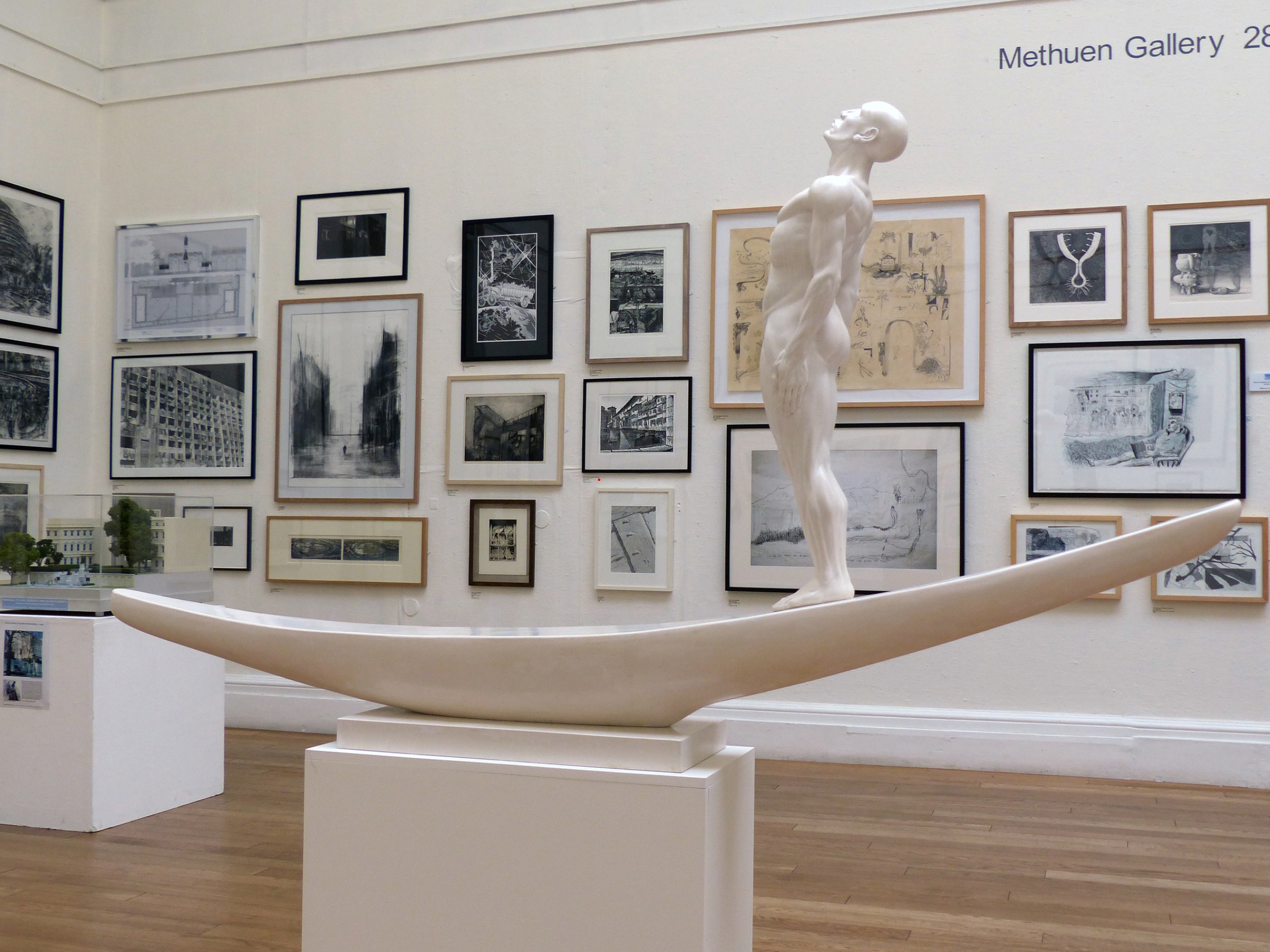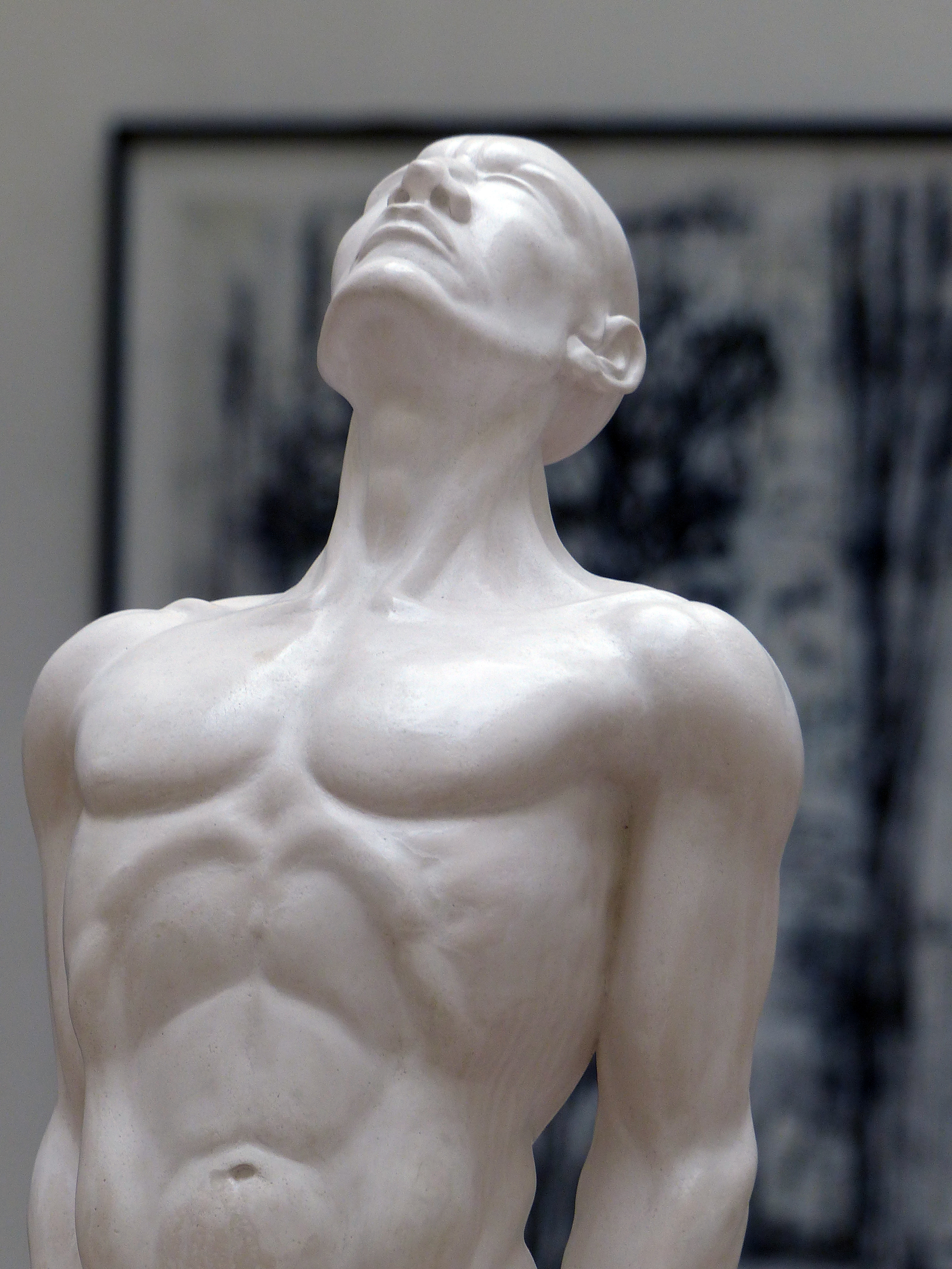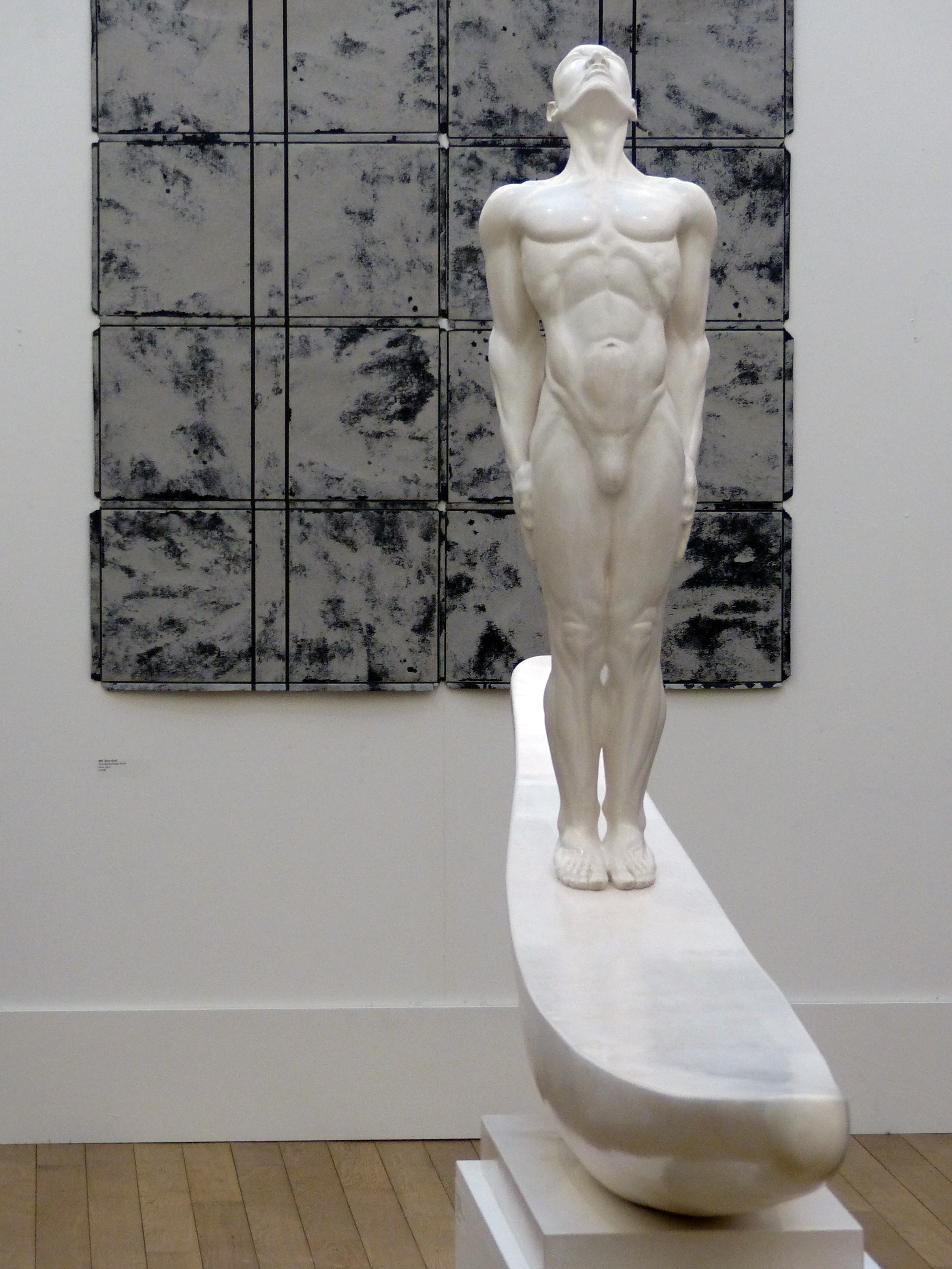Portfolio ll Medium Scale ― Figures for the Landscape and Interior
Expressions of Movement ― Sculpture at the Grove Exhibition
‘Expressions of Movement’ celebrated the London Olympics and the Queen’s Diamond Jubilee.
The exhibition, curated by Virginia Grub, Director of the international art consultancy ‘Art Contact’ was hosted by The Grove in Hertfordshire, one of the leading hotels of the world - known as ‘London’s Finest Country Estate’.
The Grove hosts major national and international conferences for global organisations and governing bodies. It opened its gardens and grounds to celebrate these sculptures in 2012.
Pierre made four new works for this show in two very distinct groups. In the first group were two 'sister' sculptures: "Pont de Lune" and "Bateau du Soleil". In the second group, were "Funky Run" and "Pinball Wizz" - exploring a more literal, dynamic approach in the expression of movement.
Pont de Lune & Bateau du Soleil
Foreground : Pont de Lune. Size: 256 cm high x 160 cm wide. Medium: Resin-bonded marble. Also available in Foundry Bronze, on request. Limited Edition of nine.
Background : Bateau du Soleil. Size: 140 cm high x 240 cm wide. Medium: Original in exterior grade polymer plaster. Available in Resin-bonded Marble or Foundry Bronze. Limited Edition of nine.
Pont de Lune
A “Pont de Lune” or “Moon Bridge” is a bridge of oriental landscape design - a highly-arched motif used by landscapers to be mirrored in water. A curved Japanese bridge such as that painted by Monet being typical of this.
Here, Pierre has taken this formal conceit and has bent it to suit his own purpose. The stargazing, arching figures mirror each other, too. Alienated and back- to-back, never to connect, they are frozen in time and space, their eyes firmly fixed on the celestial dome.
The sculpture is in free-fall, yet perfectly still. This piece is a playful allusion to the brilliance of the stargazer Galileo and his theories on motion and gravity.
The work also winks an eye at Galileo’s experiment with falling objects at the Leaning Tower of Pisa.
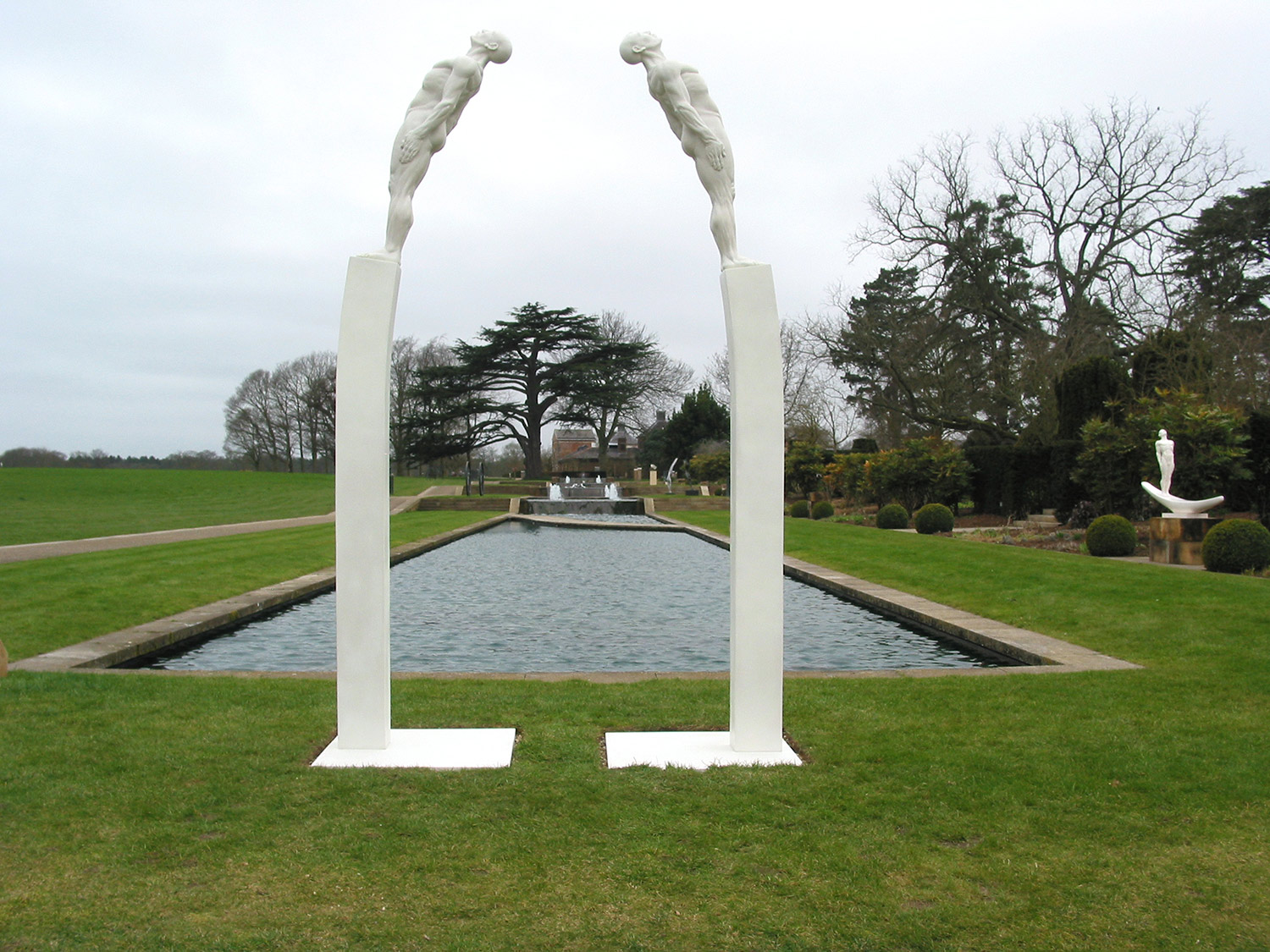
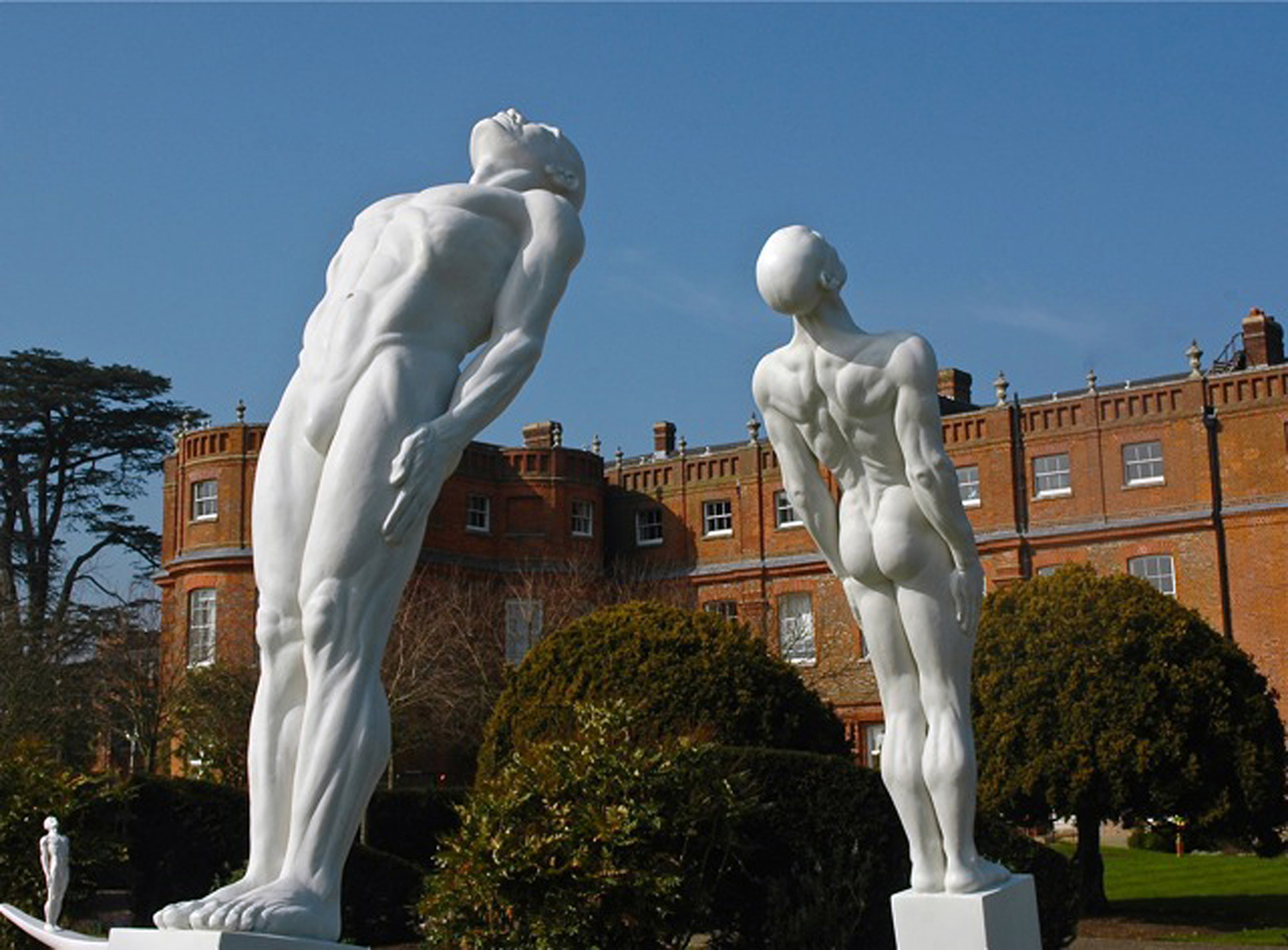
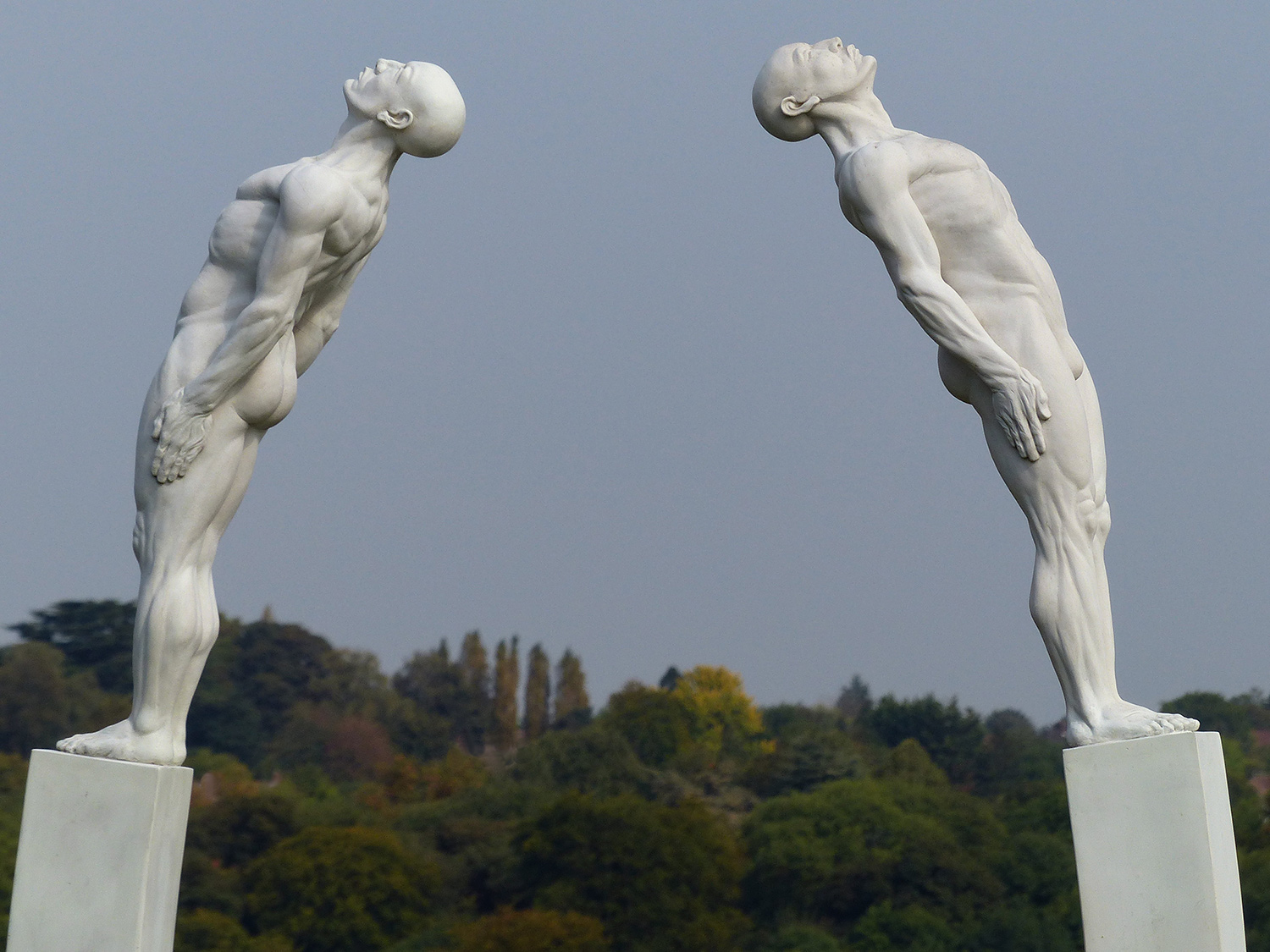
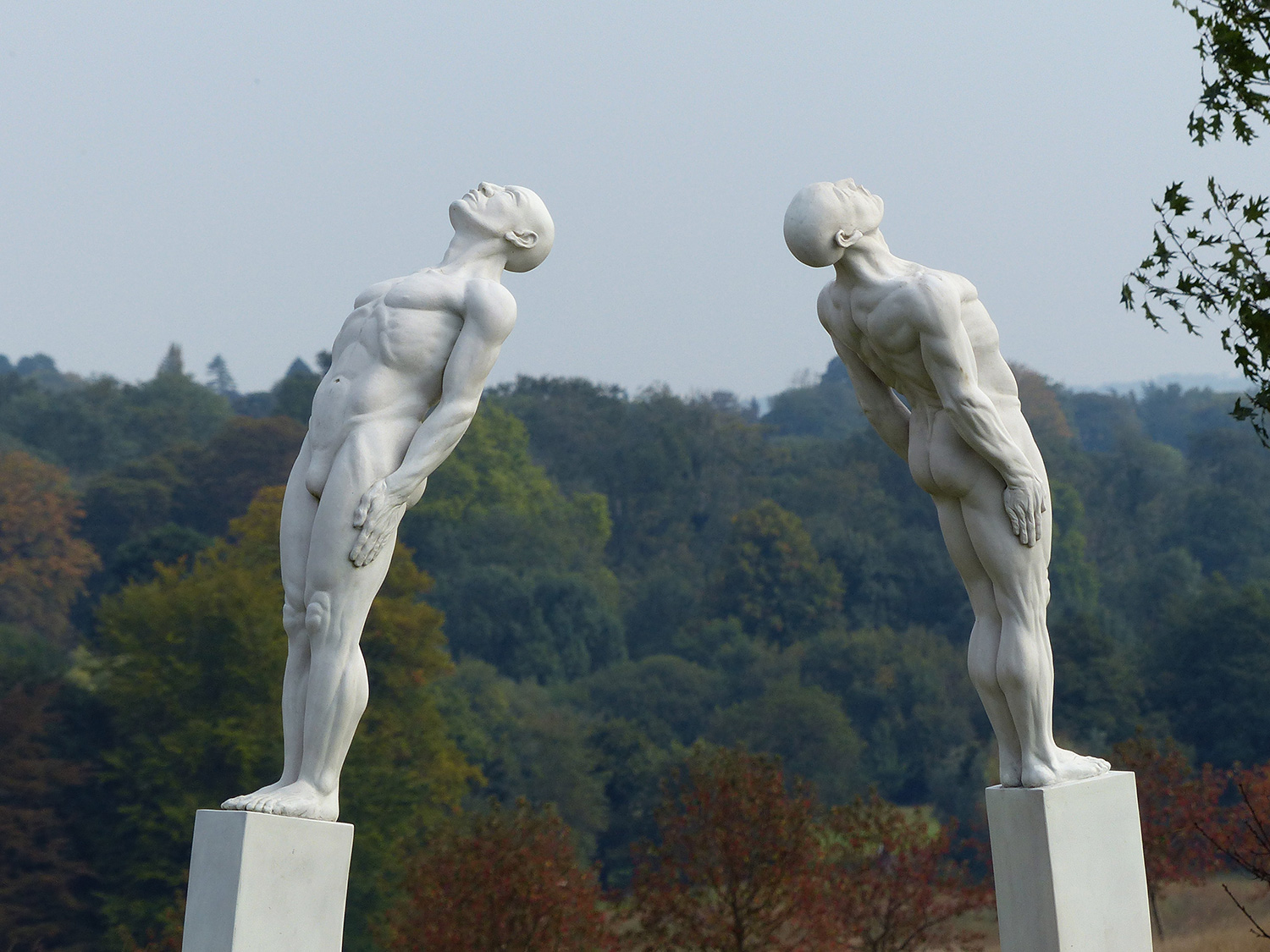
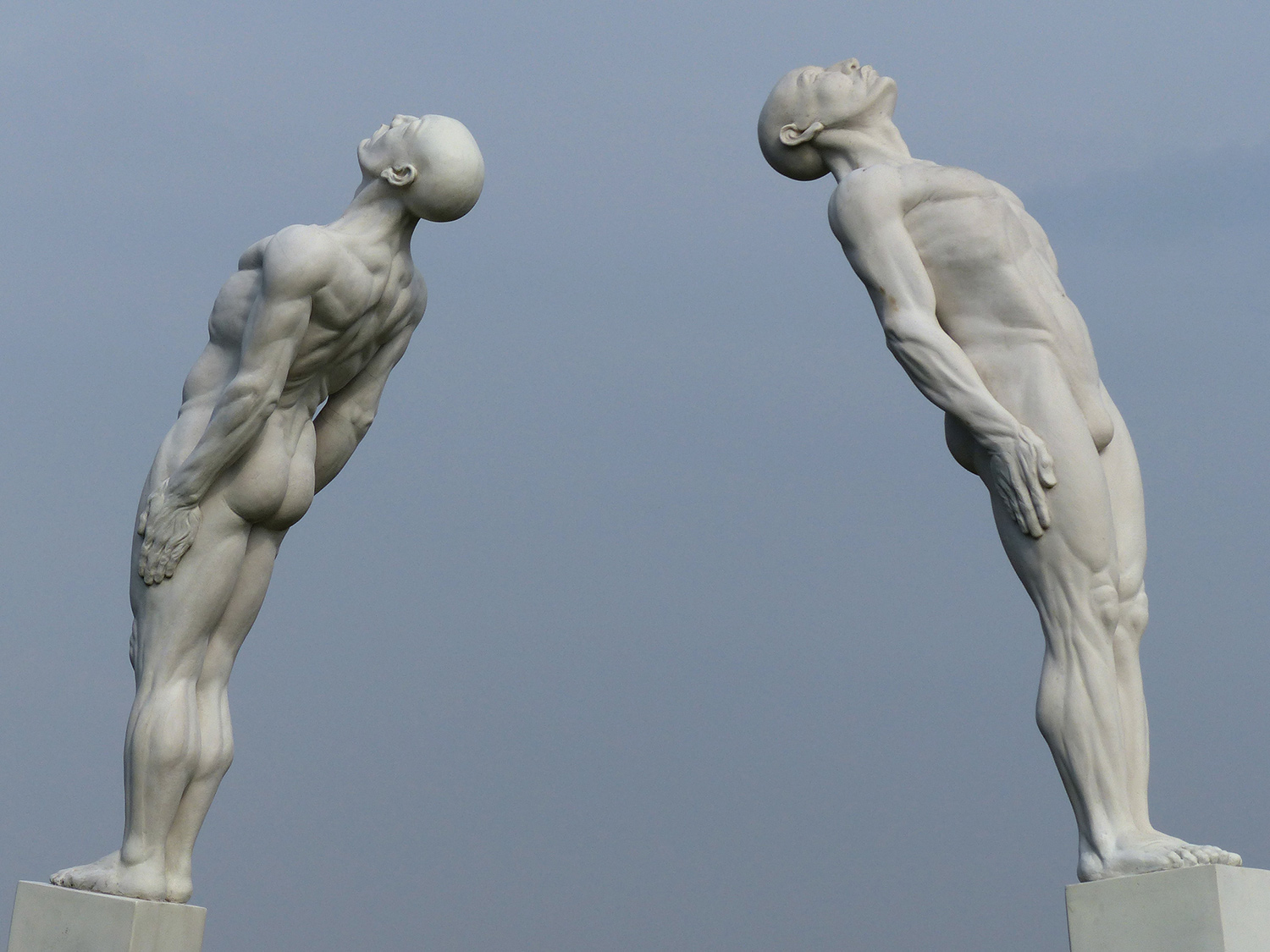

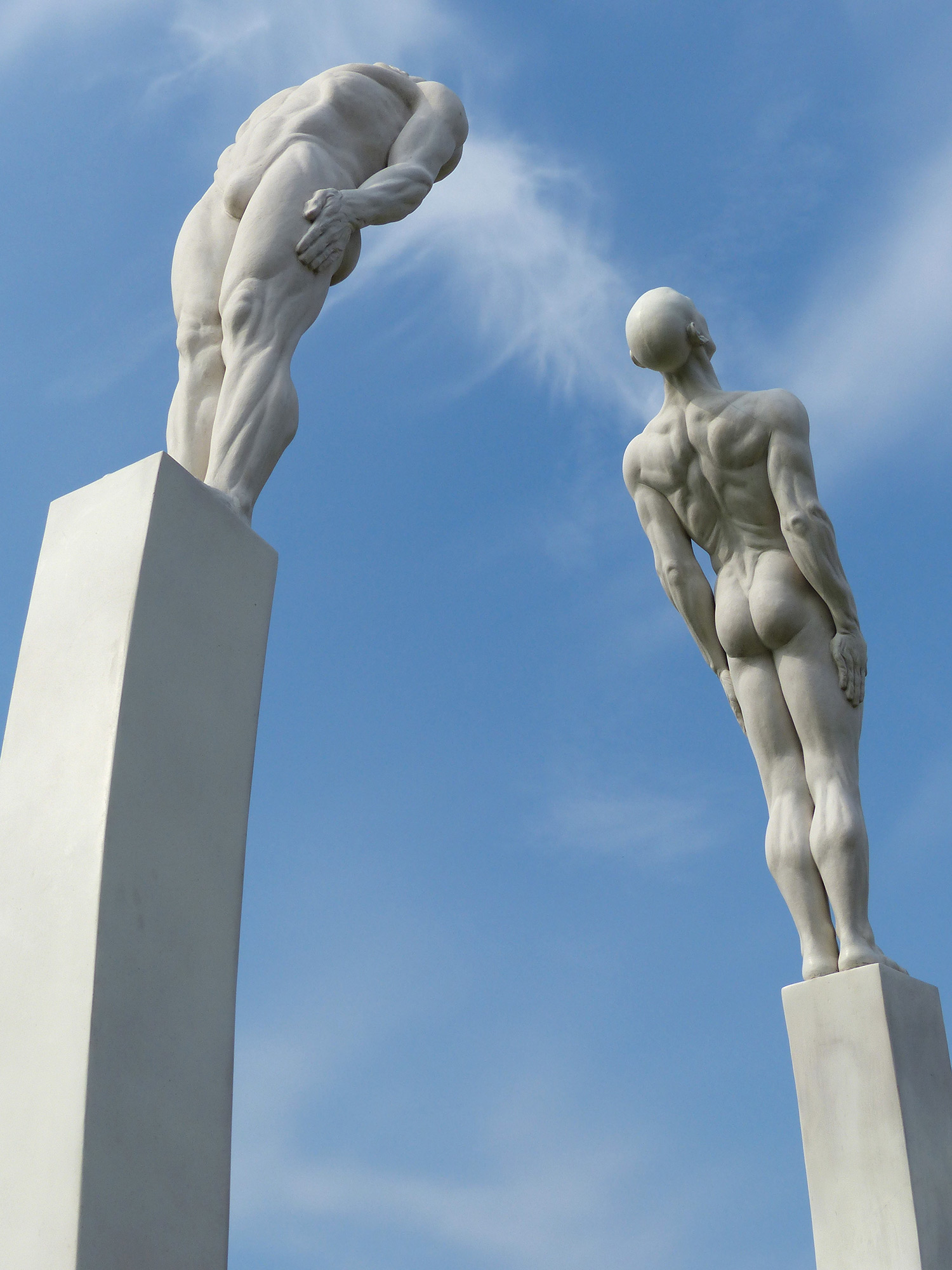
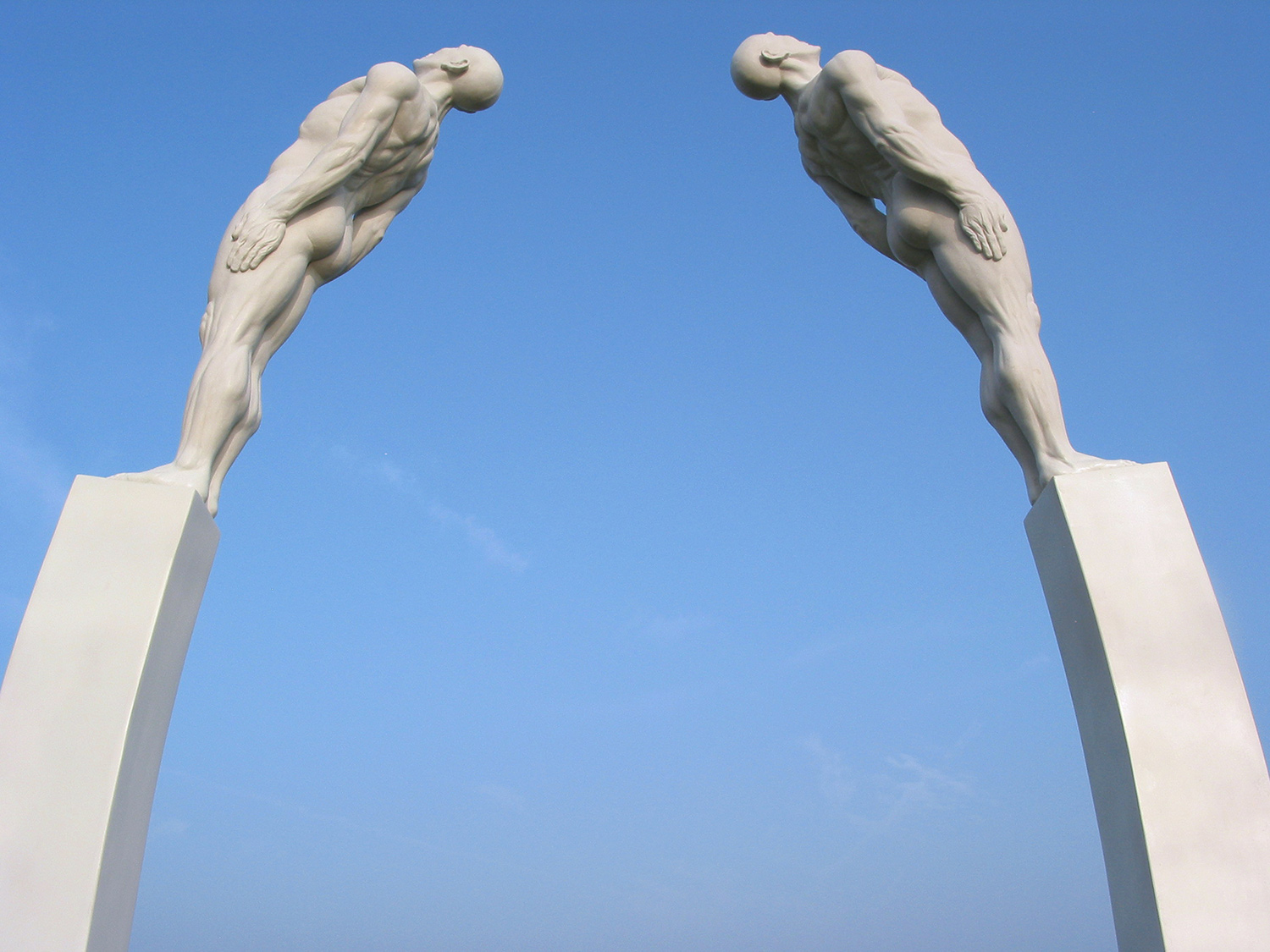
Bateau du Soleil
“Pont de Lune” has a sister work – “Bateau du Soleil”.
Here, Pierre is still exploring the dynamic of time and movement through an image of perfect stillness and balance, in this instance, by placing his figure on an immutable, cosmic vessel.
“Bateau du Soleil” - The Sun Boat - is the great ship in which Ra, the ancient Egyptian Sun God, traversed the sky, bringing light to the world.
It is the ship in which the gods sailed from the heavens to earth - known as ‘The Boat of a Million Years’. In this incarnation, “Bateau du Soleil” is destined to pass under the “Pont de Lune”.
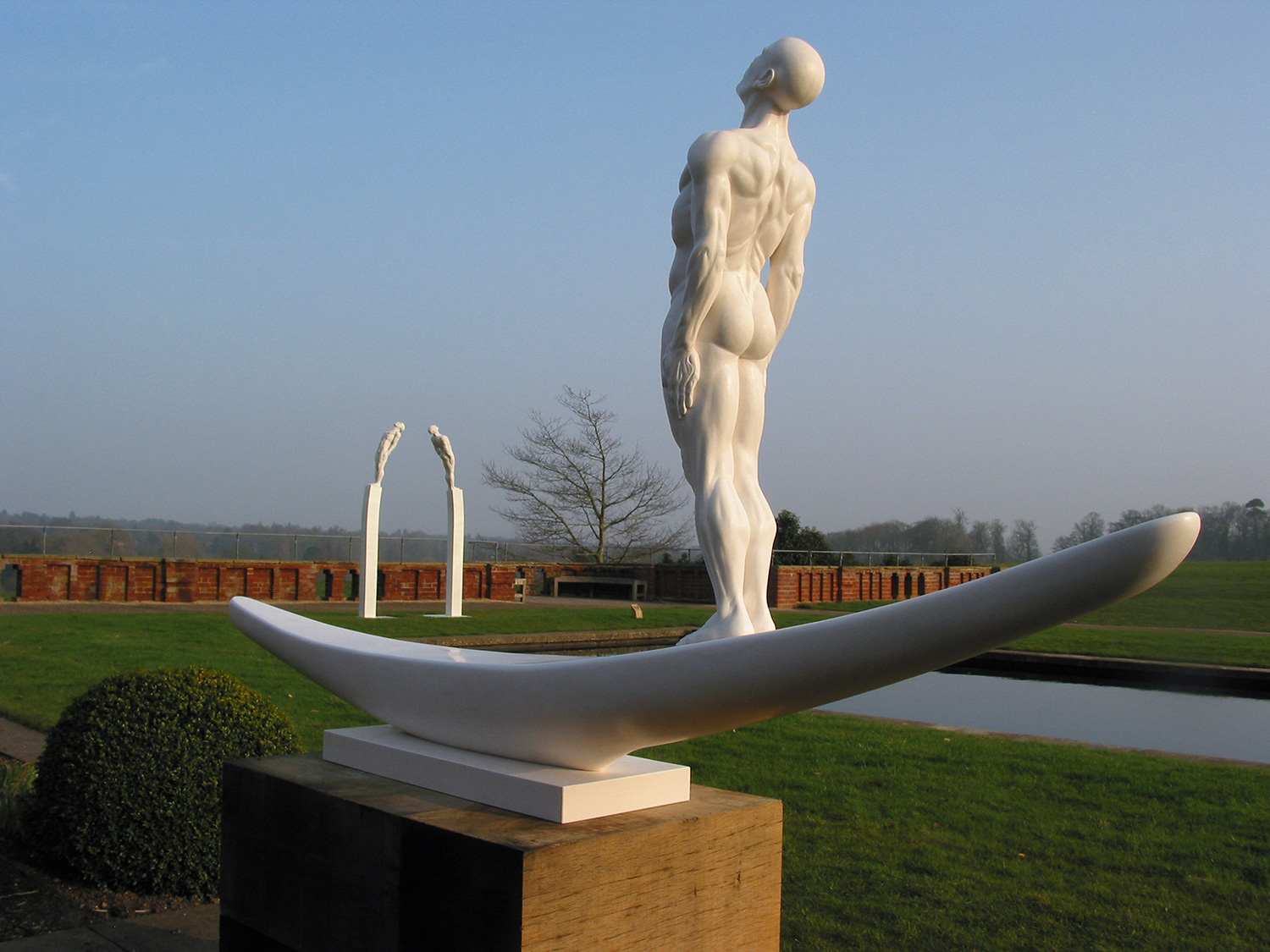
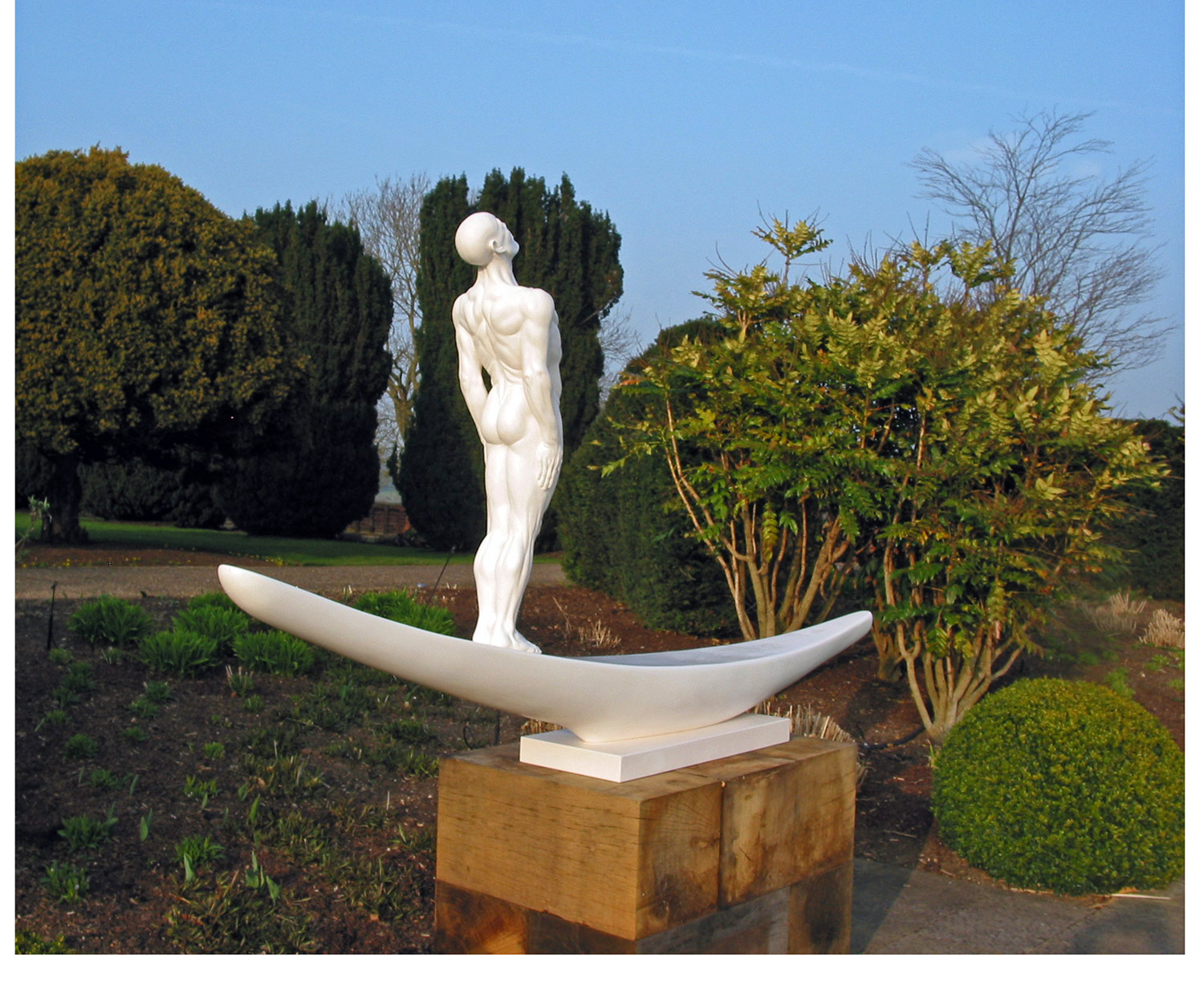
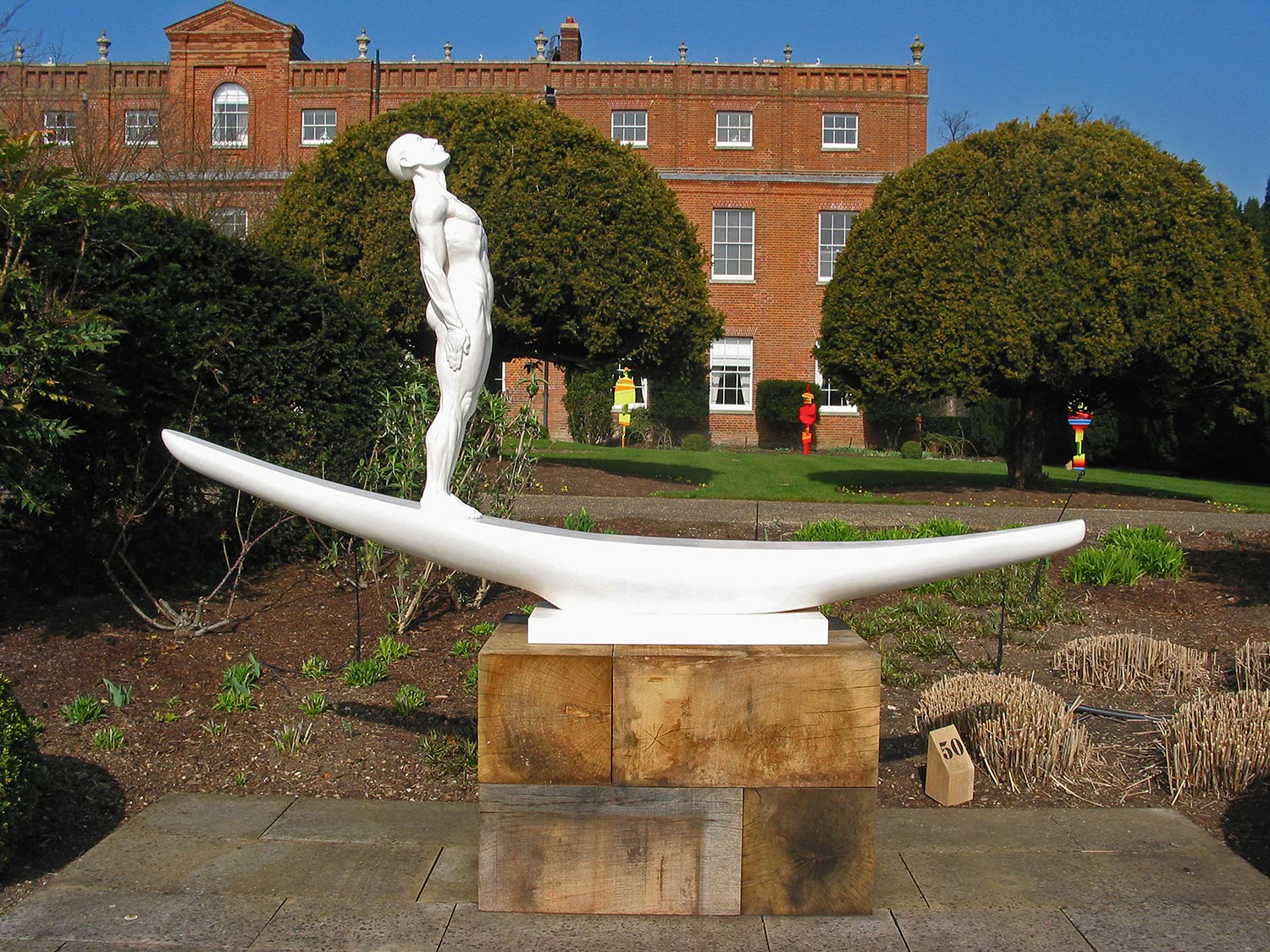
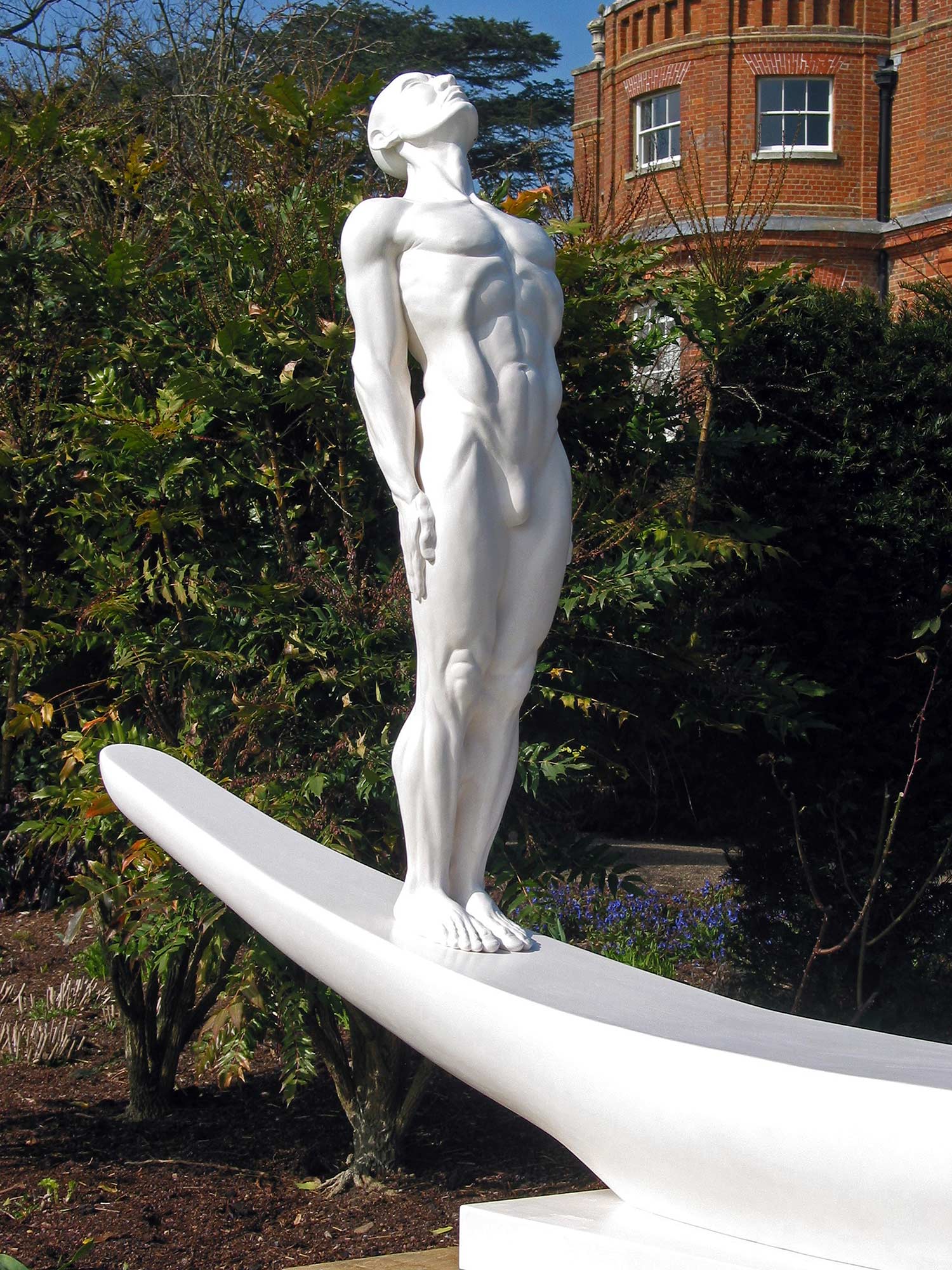
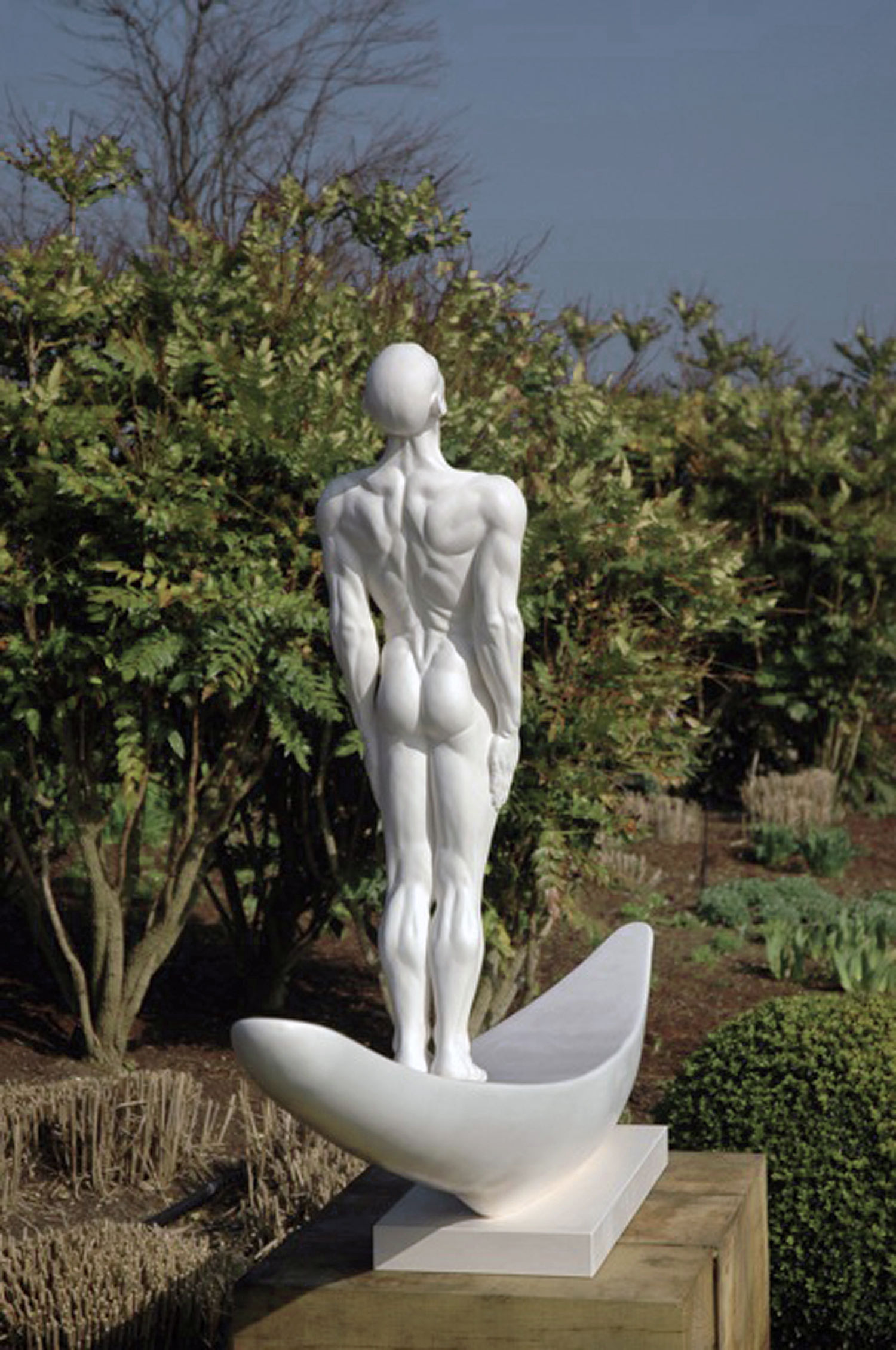
In the Gardens
The stunning gardens were designed by award-winning landscape architect Michael Balston. The gardens were originally laid out in the 18th century with a view to housing the Earl of Clarendon’s extensive art collection.
They were regularly visited by George Stubbs who painted a number of the estate horses. Balston & Company took inspiration from this rich historical heritage and looked to the original layout of the gardens to create a design which allows for the showcasing of art and sculpture.
"Boat of a Million Years" ― Bateau du Soleil at the Royal West of England Academy
“Bateau du Soleil” The Royal West of England Academy 161st Annual Exhibition 2013-14
An artwork or artefact finds its own way; on its journey, becoming lost, buried or rediscovered and perhaps re-worked by another generation.
“Bateau du Soleil” possesses an other-worldly, atavistic energy. Like a time machine, it seems to hover between the extinct, the extant and eternity. This is because there is a deliberate artistic time-line or linear force at play here : Diamantopoulo’s vessel follows, very nearly, the same sculptural lines as the wooden boat of the Goddess of the Nile, Anuket.
Today, she still sits impassively on her barge throne on a plinth in The Egyptian Galleries of the Louvre in Paris - where the artist discovered her for the first time.

